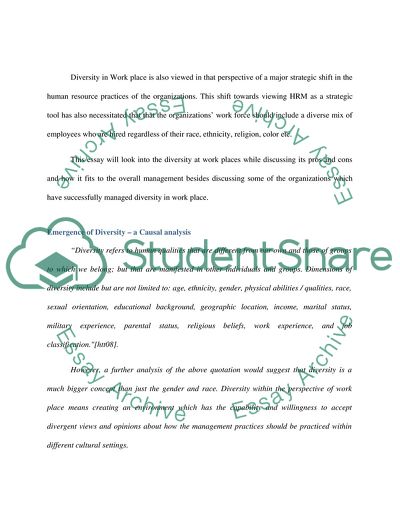Cite this document
(Diversity in Work Place Coursework Example | Topics and Well Written Essays - 2000 words, n.d.)
Diversity in Work Place Coursework Example | Topics and Well Written Essays - 2000 words. Retrieved from https://studentshare.org/human-resources/1714410-diversity-in-the-workplace
Diversity in Work Place Coursework Example | Topics and Well Written Essays - 2000 words. Retrieved from https://studentshare.org/human-resources/1714410-diversity-in-the-workplace
(Diversity in Work Place Coursework Example | Topics and Well Written Essays - 2000 Words)
Diversity in Work Place Coursework Example | Topics and Well Written Essays - 2000 Words. https://studentshare.org/human-resources/1714410-diversity-in-the-workplace.
Diversity in Work Place Coursework Example | Topics and Well Written Essays - 2000 Words. https://studentshare.org/human-resources/1714410-diversity-in-the-workplace.
“Diversity in Work Place Coursework Example | Topics and Well Written Essays - 2000 Words”. https://studentshare.org/human-resources/1714410-diversity-in-the-workplace.


